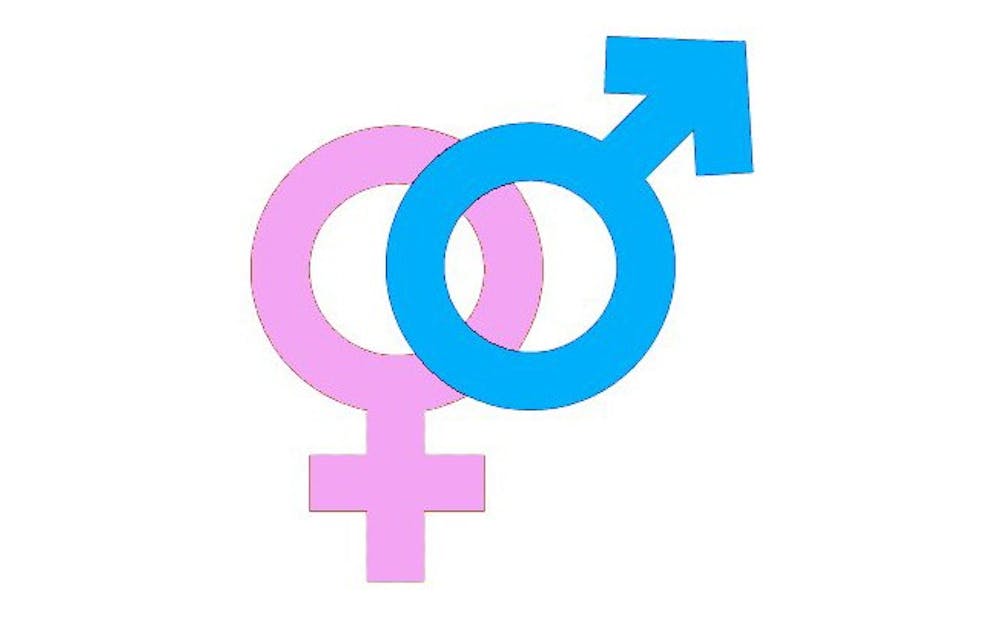Defying stereotypes as soft and weak, women were found to be historically tough—more so than their male counterparts—in new research.
Women currently tend to outlive men worldwide, but a recent study indicates that they are also more likely to survive in dire circumstances like famines. James Vaupel, research professor in the Sanford School of Public Policy, and Virginia Zarulli, assistant professor of epidemiology, biostatistics and biodemography at the University of Southern Denmark, conducted the research using historical records from the past three centuries.
“Our results add another piece to the puzzle of gender differences in survival,” Vaupel said in a Duke Today release.
Published Jan. 8 in the journal Proceedings of the National Academy of Sciences, the study found that the gap exists mostly because newborn girls are more likely to survive in times of adversity. This supports the idea that the female advantage is biological.
Zarulli explained that the researchers got the idea for the study from previous research showing that women live longer than men in almost all modern populations in both developed and developing countries. However, evidence for a female survival advantage under critical, high mortality conditions was sparse.
“Mortality crises were an untapped source of information that we decided to investigate,” she wrote in an email.
The researchers looked at mortality records for people from seven populations who died because of famine, disease or similar tragedies. Among these groups, the life expectancy was 20 years or less. This is considered the lowest imaginable value of life expectancy for human populations, according to standard demographic methods.
“Because this value is so low, we only found documented cases belonging to the past because, fortunately, nowadays it is very unlikely that, even in times of crisis, life expectancy drops to 20 or below,” Zarulli explained.
Included in the data were famine victims in Europe in the past three centuries, former slaves in the United States in the early 1800s and people in Iceland who experienced a measles epidemic in the mid-1800s.
Zarulli and Vaupel found that women outlived men by six months to four years on average, even during these times of high mortality for both sexes. For girls born in Ukraine during a 1933 famine, the life expectancy was 10.9 years compared to 7.3 years for boys.
They discovered that the survival advantage for females is mostly due to differences in infant mortality, with infant girls surviving longer than infant boys. This indicates that the gap in life expectancy is not fully explainable by behavioral differences in the sexes, like risk-taking. There may be biological differences involved like genetics or hormones that give girls an advantage.
“In normal conditions, infant mortality tends to be higher for boys than girls,” Zarulli wrote. “But the striking, huge difference that we found in favour of girls during crises was very surprising.”
She explained that parental attitudes can influence children’s survival, but that among the time frames they studied, a sex preference would have been for boys. This makes it even more remarkable that infant girls survived more, despite a potential discrimination against them.
The only exception to the pattern of female advantage was among slaves in the sugar plantation of Trinidad where males survived more than females during the young adult ages. Zarulli speculated that this occurred because male slaves had a higher monetary value than female slaves, leading to their owners making their survival a larger priority.
Future studies could examine additional influences in the survival disparity, she noted.
“We are planning to look at other aspect of the gender difference in survival. In the next step we will focus on the role of old ages,” Zarulli explained.
Get The Chronicle straight to your inbox
Signup for our weekly newsletter. Cancel at any time.

